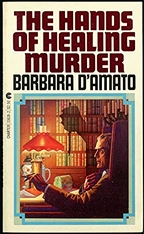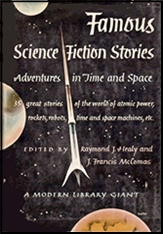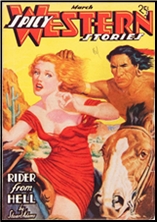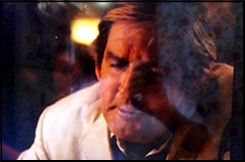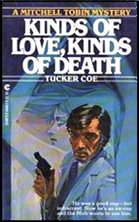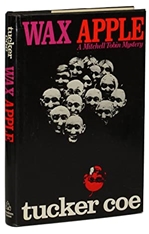IT IS PURELY MY OPINION
Reviews by L. J. Roberts
WILL THOMAS – Lethal Pursuit. Cyrus Baker & Thomas Llewellyn #11. Minotaur Books, hardcover, November 2019; trade paperback, December 2020. Setting: England, 1892.
First Sentence: The express from Dover was still coming to a stop when Hillary Drummond leapt onto the platform.

A man is found murdered on a train newly arrived at Charing Cross Station. In his shoe is the key to a railway locker containing a satchel. It is 1892; the threat of war is in the air. Enquiry agents Barker and Llewelyn are tasked by the Prime Minister to deliver the satchel to Calais as it contains a document, an unnamed first century gospel. With the satchel sought by secret societies, political groups, and the German government, Llewelyn is perplexed by Barker’s delay in fulfilling their assignment considering it places them under repeated attack.
Rarely are prologues necessary. However, Thomas’ prologue captures and captivates one immediately with suspense, danger, intrigue, and yes, death. With the receipt of an old brass key, stamped with the letter “Q,” the characters go— “Down the rabbit hole.” One cannot help but smile at their destination, and Llewellyn’s admiration of what he sees there is understandable.
Thomas’ voice is enviable. Even during a serious scene, he makes one smile with the simplest line even when in a serious situation. It is only a part of what makes reading him such a pleasure. His dialogue is a pleasure to read— “The things you know, Thomas!” “Yes, well, the more I know, the more I know how little I know.”
Characters are Thomas’ strength. It is nice to have a series with characters who have developed over time. Still, for those who have not read the previous books, one won’t feel lost as Thomas provides well-presented introductions to the characters. Llewelyn’s wife, Rebecca, deals with the conflict of being shunned by her family for being married to a gentile. Their marriage and commitment adds a nice touch and humanness to the story— “There was still something strange about being separated from Rebecca for more than a few hours. It was like slow asphyxiation.” A scene between Llewelyn and his father-in-law is particularly well done.
Thomas conveys mood well, in this case, it is that of a man adrift. A significant change is made in the roles and responsibilities of Barker, Llewelyn, and others ensure a shift in future books.
The backdrop of Victorian England makes the plot particularly effective. The drums of war are beating in the distance, the underlying anti-Semitism, and the inclusion of an Evangelical preacher from the United States advocating eugenics. There is action and suspense, but also serious subjects which require consideration.
Lethal Pursuit maintains one’s interest from the beginning to an ending that is clever in so many ways, including the ultimate question— “Why do evil men prosper?” This is more than an average historical mystery. Thomas is an author to add to one’s list.
Rating: Very Good.
The Barker & Llewelyn series —
1. Some Danger Involved (2004)
2. To Kingdom Come (2005)
3. The Limehouse Text (2006)
4. The Hellfire Conspiracy (2007)
5. The Black Hand (2008)
6. Fatal Enquiry (2014)
7. Anatomy of Evil (2015)
8. Hell Bay (2016)
9. Old Scores (2017)
10. Blood Is Blood (2018)
11. Lethal Pursuit (2019)
12. Dance with Death (2021)
Novella —
An Awkward Way to Die (2017)
